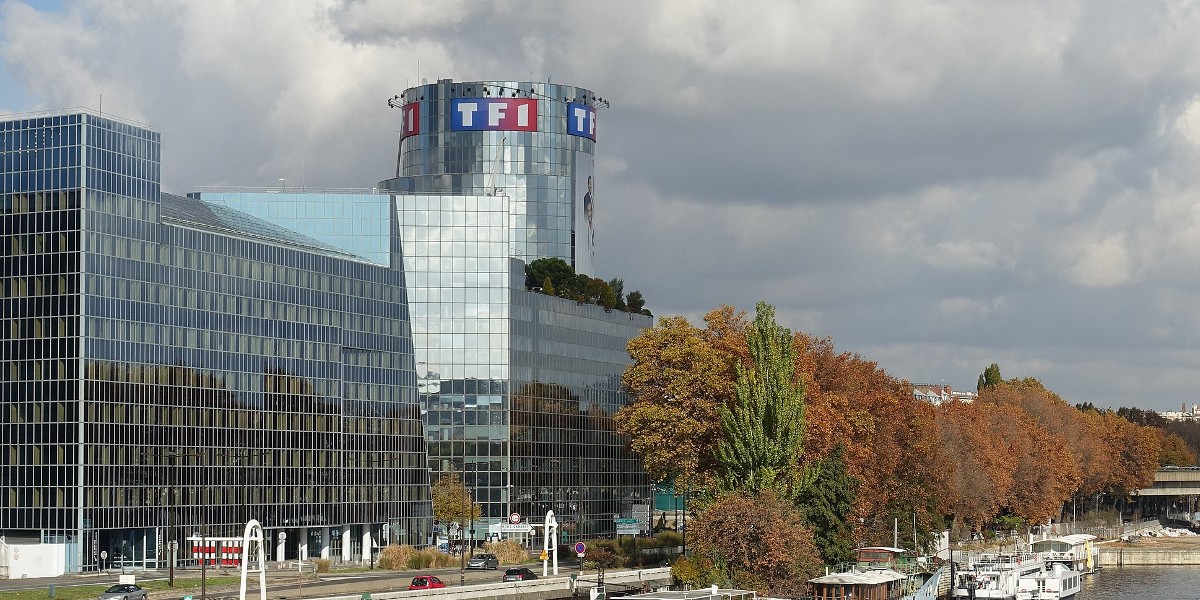The sale of server-side ad insertion (SSAI) specialist Yospace to RTL for $33 million last week looks fairly modest compared to some of the mega-money buyouts we’ve seen in ad tech. But that $33 million marks considerable growth compared to the company’s backing – a relatively modest £600,000 venture capital injection from Catapult Venture Managers back in 2010.
This bootstrapping goes against the conventional wisdom for how to achieve growth in ad tech, and while CEO Tim Sewell attributed it to Yospace’s specific circumstances, there’s every chance they stumbled on a path that others can follow.
Yospace’s limited cash injection came during a period of transition for the company. Back when it was an early forerunner in mobile video, Yospace had been bought by publishing group EMAP for £8.7 million back in 2007, which was then itself bought by Bauer shortly after. But as Bauer felt it didn’t necessarily need a technology platform, an opportunity arose for a management buyout, which Sewell and his partners took.
Yospace’s product had changed too. While Sewell says the company initially focussed on delivering video to hard-to-reach places, it transitioned away from the mobile video services it had run in the mid-2000s, to server-side ad insertion tech in around 2009.
Immediately after the management buyout, the new direction was funded only by the management team themselves, with support from friends and family. The VC round from Catapult fuelled product development, but with the company focussed entirely on its SSAI product, management decided not to seek further funding.
Sewell says the decision came from the fact that the company believed it already had the talent it needed internally, with a strong background in stream delivery and stream manipulation, as well as the fact that SSAI was still a nascent technology, taking a back seat to the more popular client-side ad insertion.
“We were aware that the market wasn’t necessarily fully ready to adopt the technology when we first launched the capability, which was around late 2011 for video on demand,” explained Sewell. “So we decided that taking in a large investment round and putting that into sales and marketing and the like, wouldn’t have been the right thing to do, given the relatively early stage state of the market.”
Sewell says this decision ended up having several benefits for the company. Firstly, it helped Yospace retain what he describes as a “laser focus” on its core product. “I think partly because we didn’t take on a large VC investment round, there was already a requirement for us to be relatively focussed,” he said. “If we’d tried to jump on every new opportunity or fad then the dilution or lack of focus would have resulted in us becoming more of a professional services job, which is something we definitely did not want to be.”
He believes this more focussed model is particularly suitable for SSAI, which he describes as a specialism that lends itself to a smaller, highly skilled team.
But Sewell also says the lack of pressure from big investors allowed Yospace to grow organically as the market matured, in contrast to competitors which were pressured to grow and find exits, before SSAI even became mainstream.
“There was a period of consolidation a few years ago with a number of competitors in the space who had raised larger VC rounds, and had got to the point where they were going to have to do further VC rounds or find an exit,” said Sewell. “That gave us quite a head start in the market, because the distraction for the other vendors as they integrated with their new acquirers created a window of opportunity for us.”
So while competitors were somewhat sidetracked, Yospace was able instead to focus on building out its capabilities (extending into live ad replacement in 2012) and growing its footprint with new clients. “We’ve grown organically and taken advantage of the pace at which the UK market adopted SSAI,” said Sewell – Yospace now works clients including ITV, Sky, Channel 4 and BT Sport.
Now, after the acquisition by RTL, Yospace sees an opportunity to expand its footprint even further, as well as potential for closer cooperation with RTL-owned SpotX. Sewell hopes the two can work on new products that “ensure that both programmatic and SSAI work seamlessly together, and deliver the optimum monetisation”.
Sewell isn’t critical of the ad tech companies that have taken on large cash injections from venture capital groups, and relates Yospace’s decision to avoid that route to its specific circumstances. But looking back at the company’s journey, he does see some clear benefits and acknowledged the negative impacts that overly assertive venture capitalists can occasionally have on a company’s roadmap.
“There is pressure sometimes to stick to the business plan that has been invested against, regardless of whether the market dynamic changes,” he said. “So they burn through investment quicker than perhaps they need to. The reality is, the rate of market adoption rarely meets the business plan which attracted investors initially.”
With the VC money in ad tech having dried up somewhat anyway, young ad tech vendors looking for alternative routes to growth might see Yospace’s story as cause for optimism.





